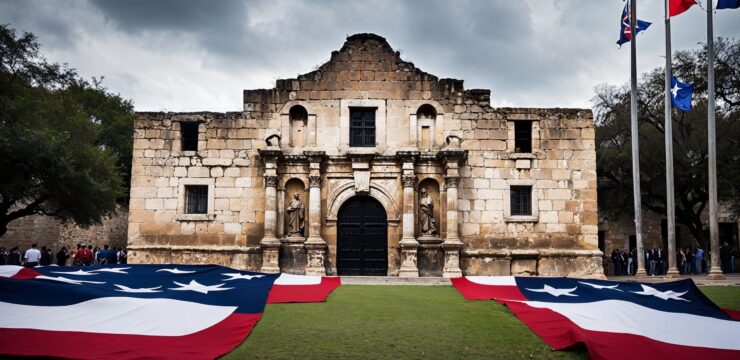For millions of immigrants seeking a new life, Ellis Island stood as the grand gateway to the United States. Located in New York Harbor, Ellis Island served as the nation’s busiest immigration station from 1892 to 1954, processing over 12 million individuals who arrived in search of opportunity and freedom. Today, it remains a powerful symbol of the American Dream and a poignant reminder of the immigrant experience.
The Birth of Ellis Island as an Immigration Hub
Before Ellis Island became synonymous with immigration, the first federal immigration station was Castle Garden in lower Manhattan, which operated from 1855 to 1890. However, with the surge in immigration in the late 19th century, a larger facility was needed. In 1892, Ellis Island opened its doors, offering a more structured process for screening new arrivals.
The Immigration Process at Ellis Island
Upon arrival, immigrants were subjected to rigorous medical examinations and legal inspections. Doctors checked for contagious diseases, while officials verified documents and ensured newcomers could support themselves or had sponsors. Despite the daunting process, nearly 98% of arrivals were admitted, while a small percentage were detained or deported for health or legal reasons.
Challenges and Triumphs of Immigrants
For many immigrants, passing through Ellis Island was an emotional and transformative experience. They often faced language barriers, cultural adjustments, and economic hardships. Yet, their resilience and determination helped shape the diverse fabric of American society. Families from countries such as Italy, Ireland, Germany, and Eastern Europe built communities and contributed to the nation’s growth in industries like construction, manufacturing, and commerce.
Ellis Island’s Legacy and Preservation
As immigration policies evolved and quotas were established, the need for Ellis Island declined. The station officially closed in 1954, and the buildings fell into disrepair. However, in 1990, after extensive restoration, the Ellis Island Immigration Museum opened to the public. Today, it is part of the Statue of Liberty National Monument, allowing visitors to explore exhibits and trace their ancestry through historic records.
Conclusion
Ellis Island remains a testament to the hopes and dreams of those who journeyed to America in pursuit of a better life. Its history is intertwined with the nation’s identity, reflecting the enduring spirit of those who helped shape the United States. As a preserved landmark, Ellis Island continues to educate and inspire future generations about the profound impact of immigration on American history.

